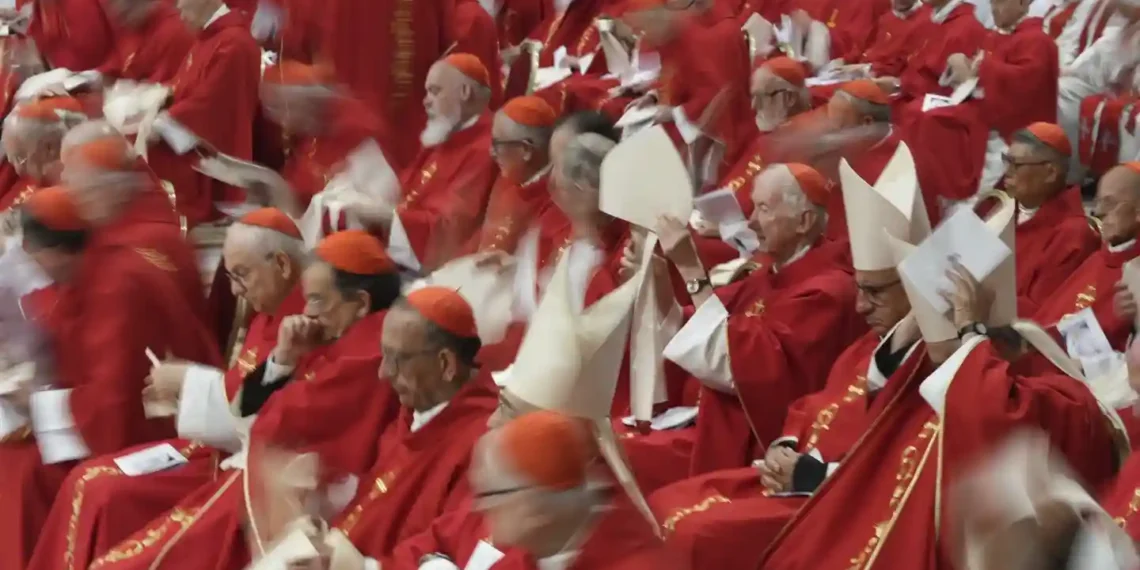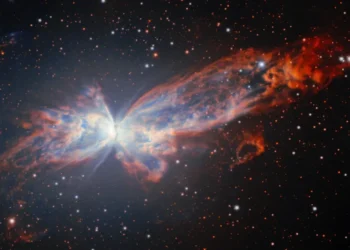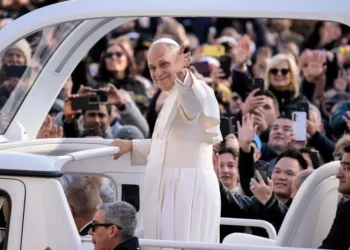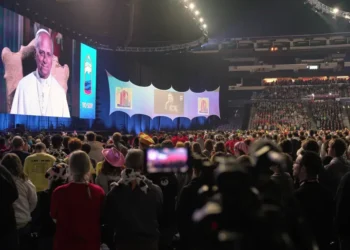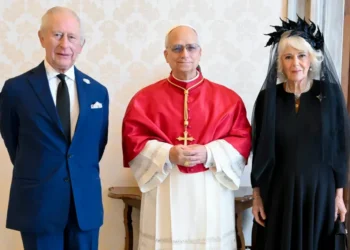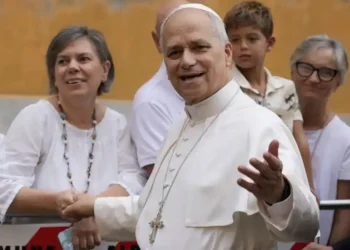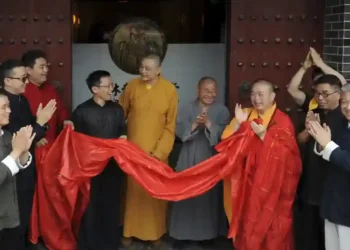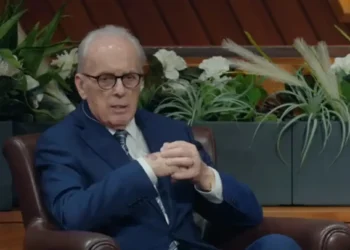What is a Conclave? Unveiling the Secretive Process to Elect the Next Pope
VATICAN CITY (AP) — The election of a new pope, known as a conclave, is an ancient and highly secretive process. The term “conclave” comes from the Italian phrase con clave, meaning “with a key,” highlighting the isolation of cardinals as they seclude themselves until a new pope is chosen. Here’s everything you need to know about how this centuries-old tradition works.
How Does the Conclave Work?
The conclave begins on May 7, starting with a morning Mass led by Cardinal Giovanni Battista Re, the dean of the College of Cardinals. Afterward, the cardinals process into the Sistine Chapel, where they take an oath of secrecy and pledge to choose a new pope. Once the Extra Omnes—Latin for “all out”—is spoken, all non-cardinals are asked to leave, and the voting process begins.
The first vote takes place that afternoon, with cardinals seeking a two-thirds majority. If no candidate emerges victorious, voting resumes the next day. The cardinals can cast up to two votes each morning and two in the afternoon until they reach a decision.
Who Participates in the Conclave?
Only cardinals under the age of 80 are eligible to vote. While the official limit for electors is 120, there are currently 135 cardinals eligible to participate in the election. Cardinals over 80 cannot vote but can still take part in pre-conclave discussions, known as general congregations, where they share insights about church matters. These meetings can influence the election, as seen in 2013 when then-Cardinal Jorge Mario Bergoglio’s speech about reaching out to the marginalized helped set the stage for his papacy.
What’s New in This Conclave?
While many of the conclave’s rules remain unchanged from St. John Paul II’s 1996 reforms, some adjustments have been made over the years. Pope Benedict XVI, for example, clarified that a two-thirds majority would always be required to elect a pope—eliminating the possibility of a simple majority in cases of deadlock. This ensures that no candidate can be pushed through by a slim majority.
If the conclave stretches beyond the expected duration, the two leading candidates enter a runoff vote. The election still requires a two-thirds majority, and neither of the top two contenders may cast a ballot in the final round.
Who Can Be Elected Pope?
Technically, any baptized Catholic male is eligible to be pope. However, since 1378, only cardinals have been selected. Even cardinals over the age of 80 can be elected pope, though they won’t participate in the voting process.
Why Are Women Excluded?
The ban on women participating in the conclave stems from the Catholic Church’s teaching that only men can be ordained as priests. This doctrine is rooted in the belief that Jesus Christ chose only male apostles, a decision considered divinely inspired and immutable. As a result, only male cardinals can vote to elect the pope.
Is the Voting Process Secret?
Yes, the conclave is shrouded in secrecy. In fact, the oath of secrecy has been reinforced under Pope Benedict XVI. Anyone who discloses details from the conclave faces automatic excommunication. Liturgical assistants and secretaries also swear an oath, agreeing to maintain absolute confidentiality and avoid recording devices during the proceedings.
How Do We Know When a New Pope Is Chosen?
After each vote, the ballots are burned in a cylindrical stove. If no decision is made, black smoke emerges from the Sistine Chapel chimney. When a pope has been elected and accepts the position, white smoke signals the decision to the world. To ensure there’s no confusion, chemical cartridges are added to the fire—black smoke is produced with a mixture of potassium perchlorate and sulfur, while white smoke comes from a blend of potassium chlorate and lactose.
Once the new pope is selected, bells in St. Peter’s Square ring out, confirming the election. The new pope is then introduced to the faithful with the iconic words, Habemus Papam! (“We have a pope!”) and reveals his chosen papal name. From the loggia overlooking the square, the pope gives his first blessing to the crowd below.
Conclusion
The conclave is one of the most closely watched events in the Catholic Church, and while the process remains steeped in tradition and secrecy, the ultimate goal is clear: to choose a leader who will guide the Church through the challenges of the modern world.
This article was rewritten by JournosNews.com based on verified reporting from trusted sources. The content has been independently reviewed, fact-checked, and edited for accuracy, neutrality, tone, and global readability in accordance with Google News and AdSense standards.
All opinions, quotes, or statements from contributors, experts, or sourced organizations do not necessarily reflect the views of JournosNews.com. JournosNews.com maintains full editorial independence from any external funders, sponsors, or organizations.
Stay informed with JournosNews.com — your trusted source for verified global reporting and in-depth analysis. Follow us on Google News, BlueSky, and X for real-time updates.
